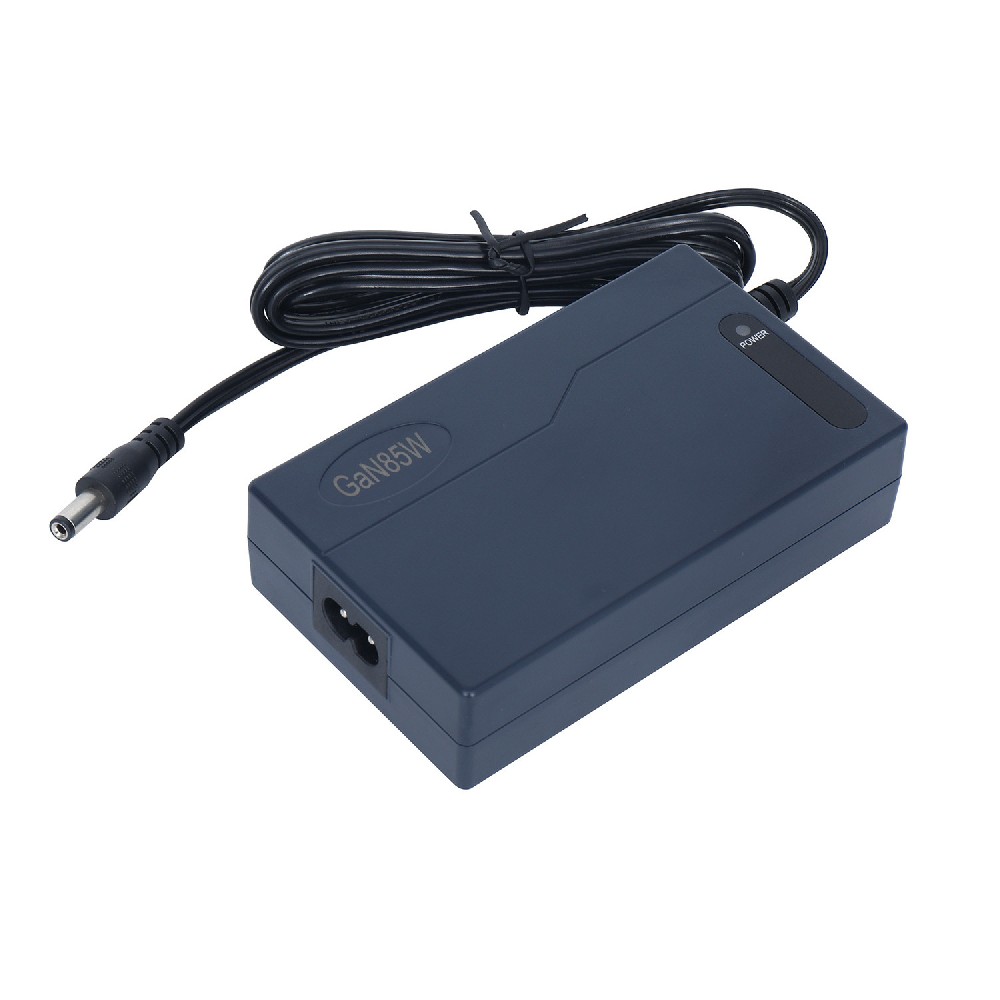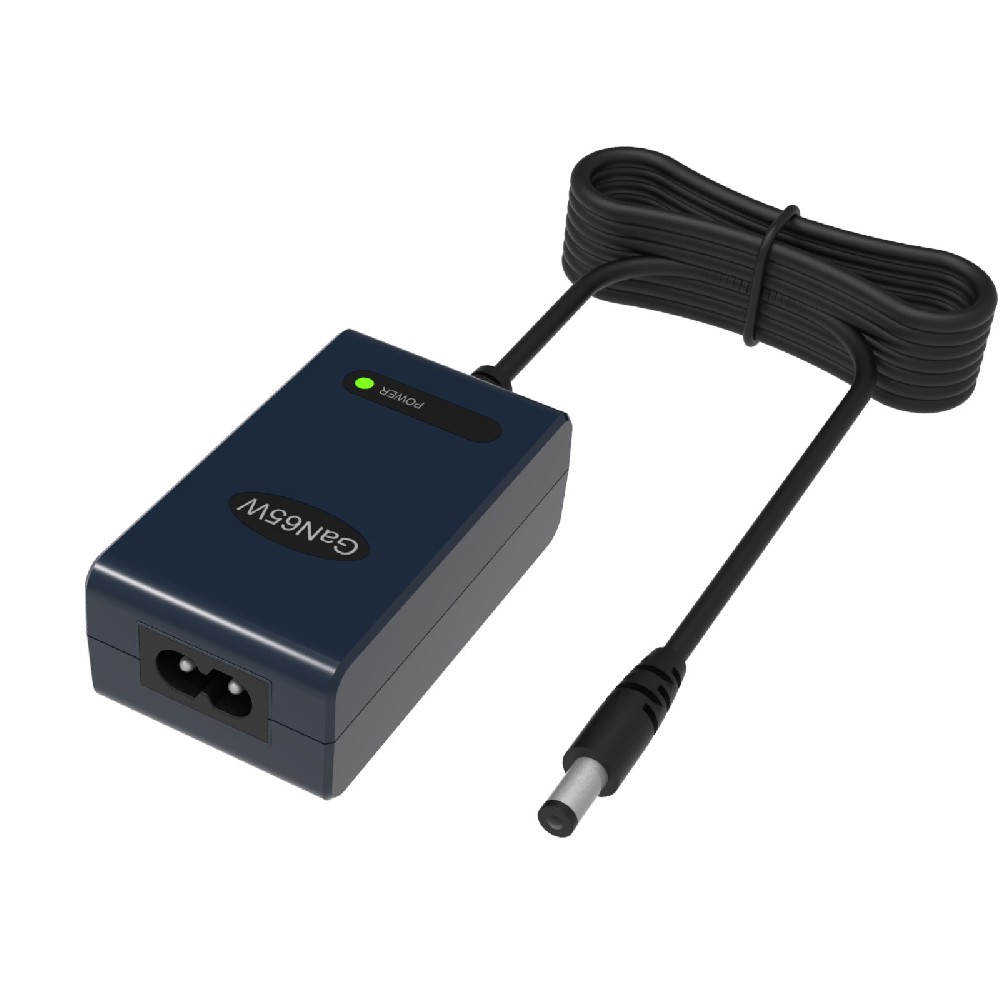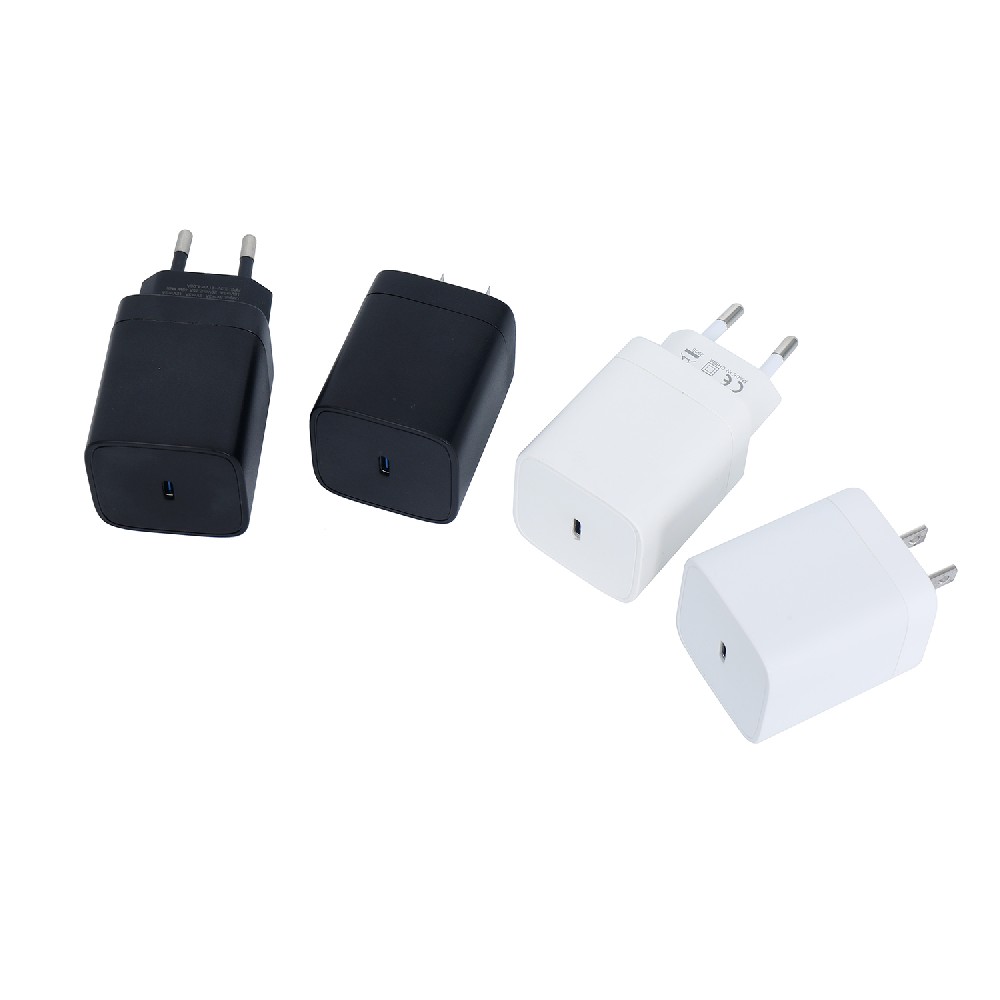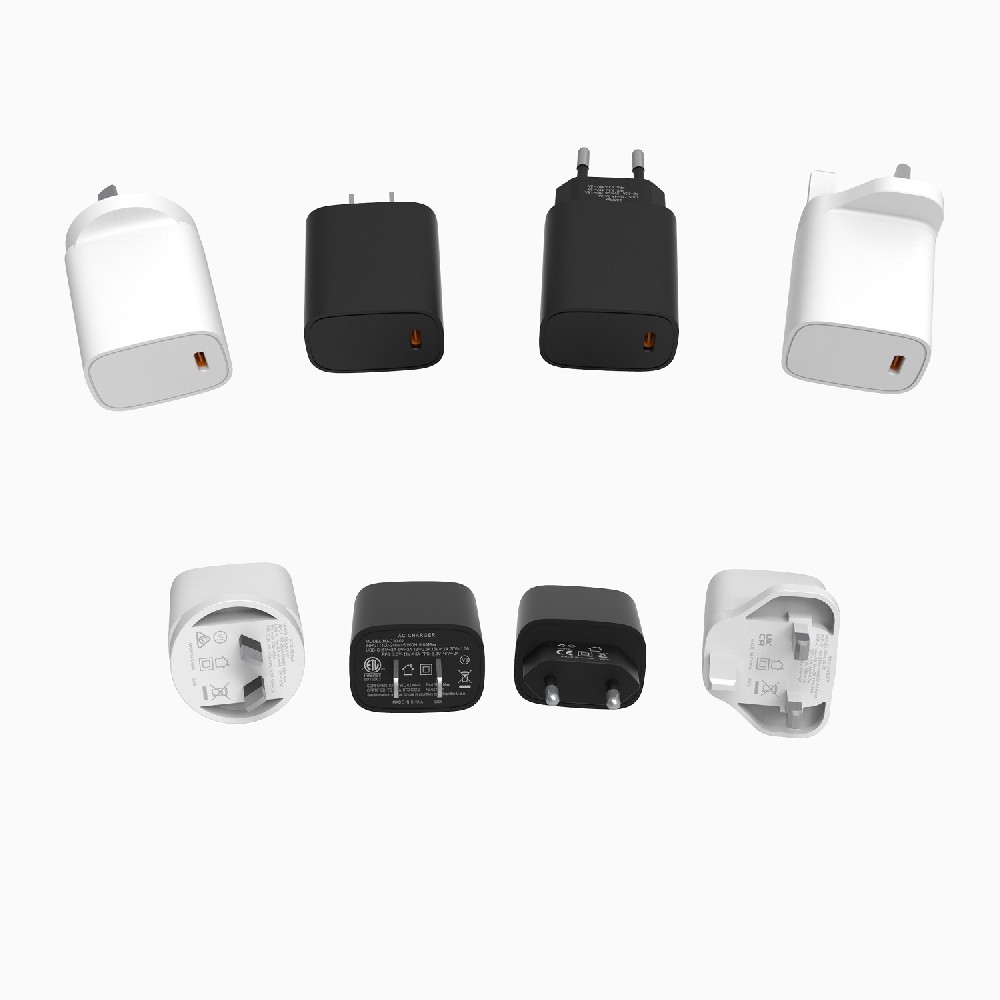Information Center
The Delicate Dance of Charging Lithium-Ion Batteries: Balancing Safety, Longevity, and Performance
Published:2023-05-11 19:43:56 Author:Green WCND Views:42Lithium-ion (Li-ion) batteries are a popular energy storage solution that has transformed many aspects of contemporary life, from consumer electronics to electric vehicles. However, as with any complex technology, there is a great deal of nuance to charging these batteries correctly, with important implications for safety, longevity, and performance.

Charging a Li-ion battery can be thought of as a balancing act between inputting energy into the battery and avoiding causing any damage that could reduce its overall capacity. Generally, the process of charging a Li-ion battery means moving lithium ions from the cathode to the anode through the electrolyte in the presence of an external voltage.

There are several key stages to charging a Li-ion battery, each of which requires careful management to avoid stressing the battery and causing issues such as overheating or reduced capacity.
Pre-conditioning: Before charging, the battery may need to be preconditioned, which generally means allowing it to discharge to a predetermined level to ensure an even charge can be held throughout the battery. This process may be particularly important with new or damaged batteries.
Constant-current charging: Once preconditioning is complete, the charging process typically begins with a constant-current charge, which involves providing steady, low-level DC current to the battery at a rate specified by its manufacturer. This stage is designed to ensure that the battery can take in energy without becoming overwhelmed, which could cause damage.
Constant voltage charging: Once the battery has reached its appropriate capacity, the charger may switch to constant voltage charging, which effectively reduces the charging current to avoid overcharging. During this phase, the voltage supplied to the battery remains constant while the current trickles down to zero.
Trickle charging: In some cases, charging may continue even after the battery is fully charged, in a process known as trickle charging. This can be an effective way to slowly build up charge without risking overcharging, but it does require careful monitoring to avoid issues with overheating or reduced longevity.
Overall, charging a Li-ion battery is a complex process that requires careful attention to detail and an understanding of factors such as charging rates, voltage levels, and preconditioning. By following best practices and exercising careful monitoring, however, it is possible to safely and effectively charge Li-ion batteries for long-lasting performance and safety.
IntroductionGolf carts serve as vital transportation tools on golf courses, and their performance and reliability are crucial for enhancing player experience an···
The battery pack is the heart of a golf cart, silently powering every acceleration and climb on the green. However, battery degradation often goes unnoticed, mu···
The battery pack is the heart of a golf cart’s power system, yet maintaining it has long been a challenge for technicians. Traditional troubleshooting methods—···
For golf course managers, ensuring smooth and efficient operations is crucial for providing a memorable experience for golfers and maintaining the reputation of···





